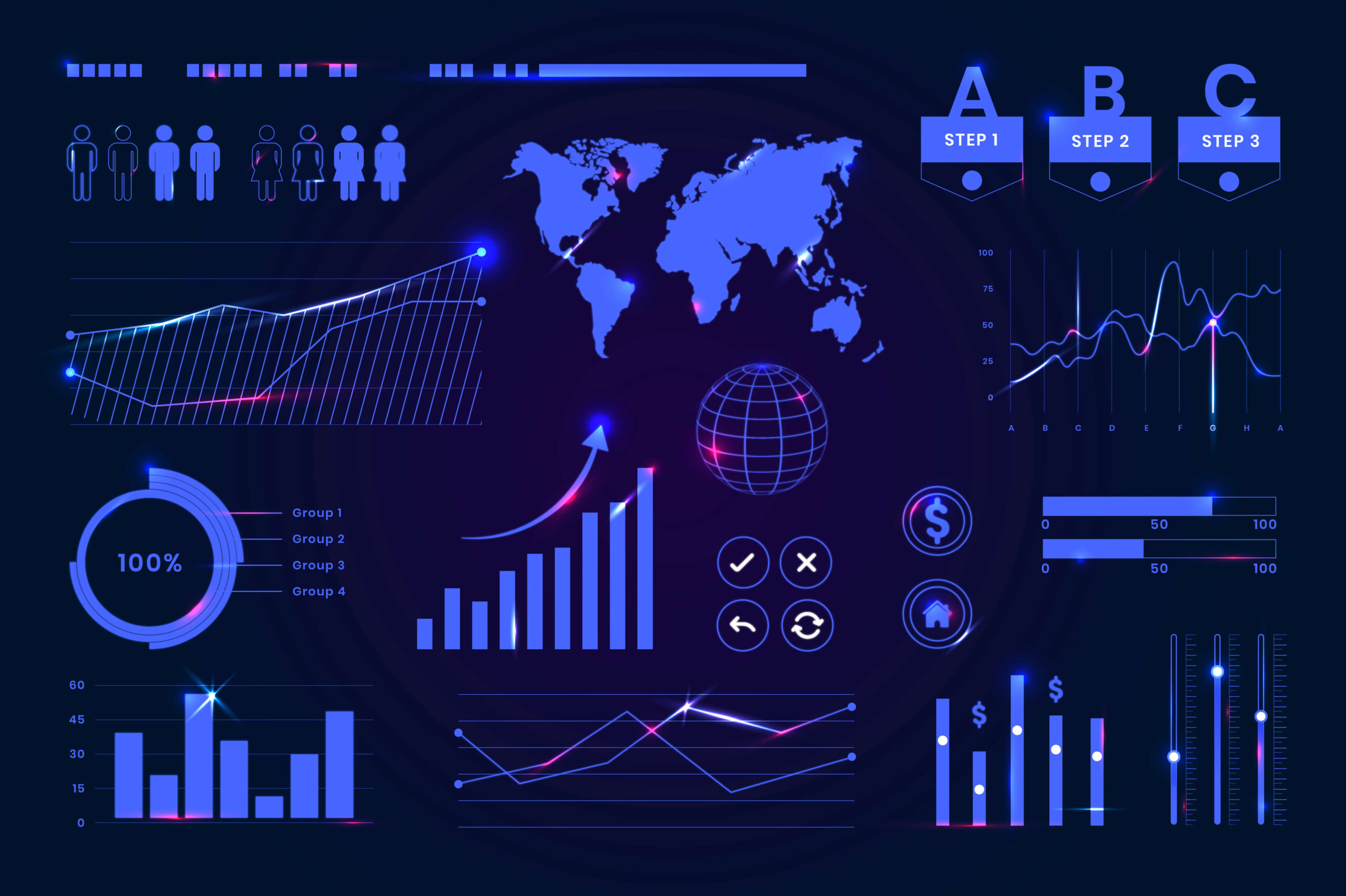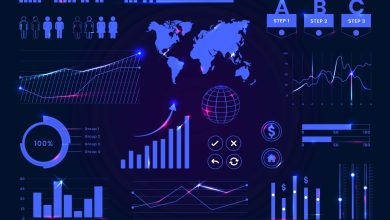
How to Use Big Data to Tame Financial Risk
In financial services, risk is always lurking—behind market swings, customer behavior, regulatory shifts, and sometimes, even Monday mornings. But while risk is inevitable, letting it catch you off guard isn’t. That’s where big data comes in—not just as a buzzword, but as a financial crystal ball that’s more Sherlock Holmes than sci-fi.
- Big Data Isn’t Just Big—It’s Smart
Today’s financial institutions aren’t struggling with a lack of data. They’re drowning in it. The challenge is turning that flood of numbers into meaningful insight. Big data analytics helps spot anomalies, predict trends, and flag potential threats before they become full-blown crises.
From loan defaults to fraud detection, big data enables proactive decisions backed by real-time analysis—not gut feelings or spreadsheet hunches.
- Know Your Customers—Like, Really Know Them
Customer data isn’t just about transactions; it’s about patterns. How do your clients behave when markets dip? What triggers a credit risk? What’s their tolerance for volatility?
By analyzing spending habits, investment behaviors, and external data like social sentiment, institutions can personalize risk profiles down to the individual. This not only sharpens your risk models but improves client trust—because you’re not just reacting; you’re anticipating.
- Regulatory Reporting, Meet Real-Time Intelligence
The days of manually compiling quarterly risk reports should be long gone. Modern platforms pull and analyze data automatically, flagging potential compliance issues in real time. This reduces the risk of fines and frees your team to focus on strategy instead of spreadsheets.
Organizations that excel in using Big Data financial risk management are often the ones that stay ahead of regulatory curves—not caught by them.
- Spot the Outliers Before They Become Headaches
Big data can quickly surface out-of-pattern behaviors: a client suddenly maxing out credit, a trader making unusual moves, or a spike in failed transactions. These digital “tells” often signal brewing trouble. Catching them early means you don’t just minimize risk—you also improve operational response time.
- Predictive > Reactive
It’s not about fixing problems anymore—it’s about avoiding them altogether. Predictive analytics powered by big data can model thousands of possible scenarios. Think of it like financial weather forecasting: instead of getting soaked, you know when to bring an umbrella.
Conclusion: Big Data Makes Risk Management Less…Risky
Managing financial risk will always be complex, but it doesn’t have to be chaotic. With the right data strategy, tools, and mindset, financial institutions can transform risk from a threat into a competitive advantage. Because in a world full of uncertainty, smart data is the surest bet you can make.




